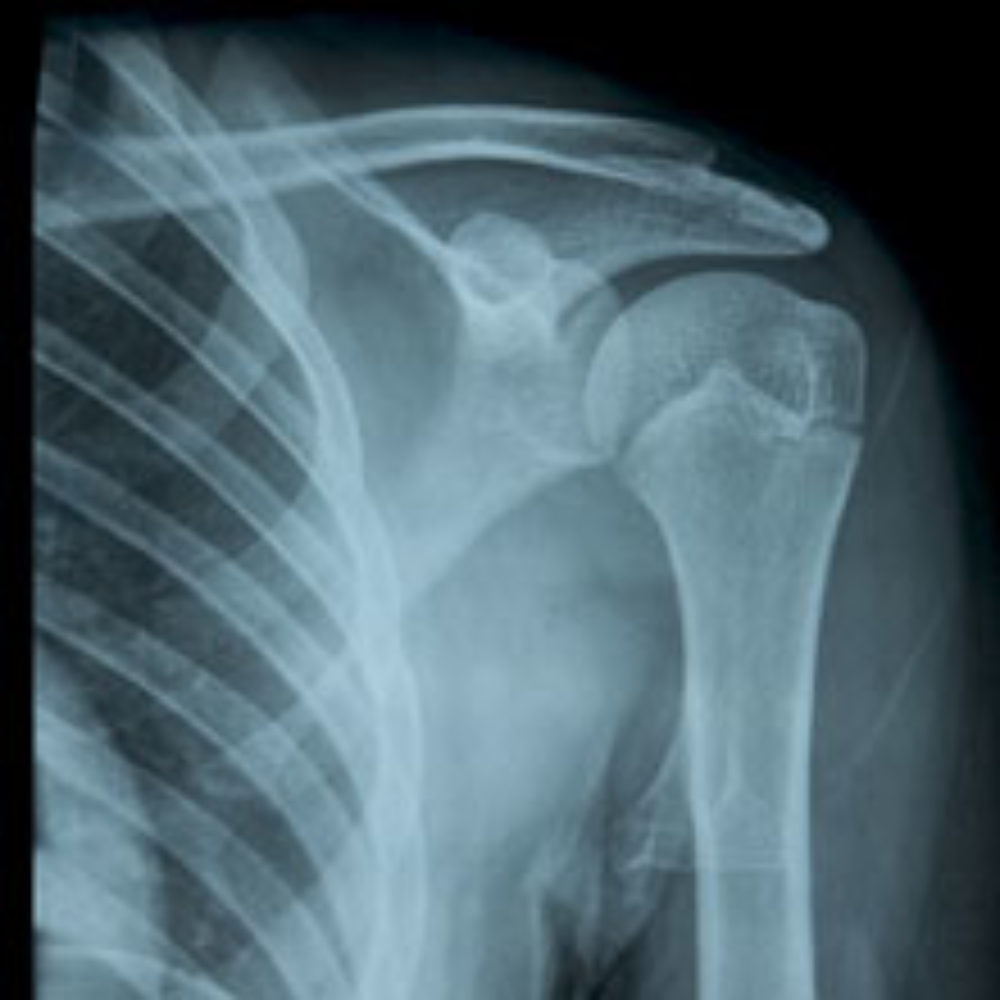Chondrolysis of the Shoulder Linked to Surgery Pain Pump: FDA

The FDA is warning healthcare professionals that the use of pain pumps following surgery to continuously infuse medication intra-articularly has been linked to chondrolysis of the shoulder, or destruction of cartilage. This could result in increased pain, stiffness and loss of month during the months after surgery, often resulting in additional surgery to replace the joint.
There are currently hundreds of shoulder chondrolysis lawsuits pending throughout the United States against companies that make the medications and pain pumps, alleging that inadequate warnings have been provided about the risk of shouder damage associated with intra-articular use to deliver pain medication within the joint space.
The FDA now indicates that manufacturers of the local anesthetics and makers of the pumps will be required to add new warnings about the risk of chondrolysis, particularly involving the shoulder.

Did You Know?
Millions of Philips CPAP Machines Recalled
Philips DreamStation, CPAP and BiPAP machines sold in recent years may pose a risk of cancer, lung damage and other injuries.
Learn MoreAccording to a statement issued on Friday, the FDA has received at least 35 reports of chondrolysis in patients who were given continuous injections of painkillers from joint pain pumps, known as elastromeric infusion devices. These pain pumps were used to infuse local anesthetics for two to three days, resulting in a chondrolysis diagnosis about 8.5 months later on average.
Nearly all of the reported cases involved chondrolysis of the shoulder following surgery. Complaints of joint pain, shoulder stiffness and loss of motion were found to occur as soon as the second month after the infusion, as cartilage in the shoulder joint deteriorated. Patients required additional surgery, including arthroscopy or arthroplasty, in more than half of the cases reported to the FDA.
The shoulder pain pumps are disposable devices that have been prescribed by many doctors following arthroscopic surgery as an alternative to oral pain medication. The pumps are typically put in place when the patient is discharged for pain management.
The FDA says that it has never approved the use of local anesthetics for continuous infusions, or for use in infusion devices. “The FDA has not cleared any infusion devices with an indication for use in intra-articular infusion of local anesthetics,” the FDA statement notes. “Health care professionals are encouraged to follow the instructions for use of elastomeric infusion devices, and to not use these devices for continuous intra-articular infusion of local anesthetics after orthopedic surgery.”
A number of lawsuits over chondrolysis in the shoulder are currently scheduled for trial throughout next year against I-Flow Corp., Stryker Corp., DJO Inc., and other companies that manufacture the devices. Although all of the cases involve similar allegations, the U.S. Judicial Panel on Multidistrict Litigation previously decided not to consolidate the shoulder pump litigation. As a result, each shoulder pump lawsuit has been proceeding as an independent case on a different scheduling order, and no trials have yet to occur.
Get more articles like this sent directly to your inbox.
"*" indicates required fields





0 Comments